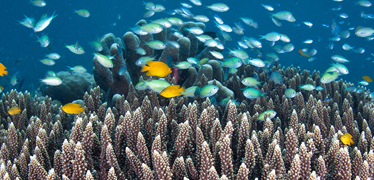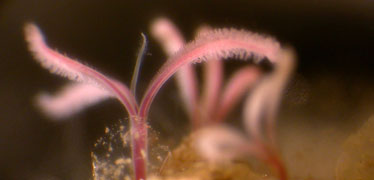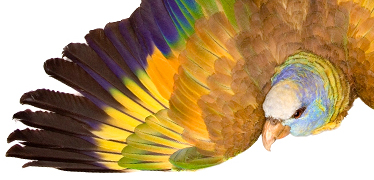Bryozoan endoparasite evolution
Watch the video to see myxozoan parasites wriggling around inside a bryozoan
Project summary
- Focus: Examining the evolutionary history of myxozoans and the colonial hosts they parasitise
We are examining how myxozoans have evolved to parasitise colonial hosts by considering the evolutionary history of the exploiter and exploited.
Host-parasite interactions are usually understood by looking at traditional systems, such as the malaria parasite infecting animal hosts. However, colonial animals such as bryozoans present a different model.
Bryozoans offer endoparasites a potentially unlimited, genetically homogenous resource to exploit.
We are researching:
- morphological simplification of myxozoans (eg from active worms to sacs and plasmodia)
- cycling between developmental stages depending on host condition
- local adaptation between parasites and hosts
- the origins of endoparasitism
Museum staff
- Prof Beth Okamura
- Dr Hanna Hartikainen
- Dr Alexander Gruhl
Collaborators
- Dr Jason Holland
University of Aberdeen - Prof Chris Secombes
University of Aberdeen
Related information
Funded by



Origins, evolution and futures
We study the Earth's origins and environment, and the evolution of life.

Invertebrates
Our scientists are investigating the taxonomy, systematics and biodiversity of groups of invertebrates.

Zoology collections
Our zoology collection has 29 million animal specimens and is rich in voucher, type and historical specimens.